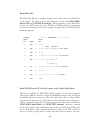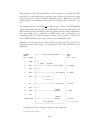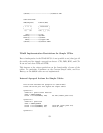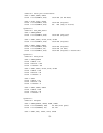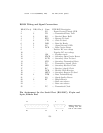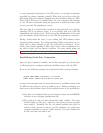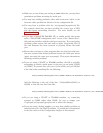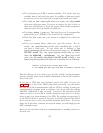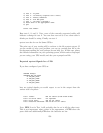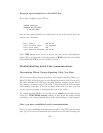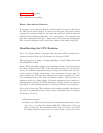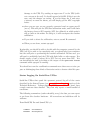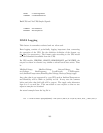• Make sure you are doing your testing as root otherwise, you may have
permissions problems accessing the serial port.
• You may have cabling problems, either with an incorrect cable, or the
incorrect cable specification directive in the configuration file.
• You may have a problem with the /etc/apcupsd/acpupsd.conf file.
For example, check that you have specified the correct type of UPS
and the correct networking directives. For more details, see the
After Installation.
• If you have a SmartUPS 5000 RM 15U or similar model, that comes
with a “Web/SNMP management card” in one of the “Smart Slots”,
this card may interfere with the serial port operation. If you are having
problems, please remove this card and try again. Supposedly V3.0 of
the card firmware has been corrected to properly release the serial
port.
• Ensure that you have no other programs that are using the serial port.
One user reported that he had problems because the serial port mouse
(gpm) was using the same port as apcupsd. This causes intermittent
seemingly random problems.
• If you are using a WinNT or Win2000 machine, the OS is probably
attempting to attach a serial mouse to the port you are using (COM1
or COM2). To prevent this, edit your c:\boot.ini file, and you will find
a line that looks something like the following:
multi(0)disk(0)rdisk(0)partition(1)\WINNT="Windows NT Workstation Version 4.00"
Add the following to the end of the line: /NoSerialMice:COM1 (or
COM2) so that the new line looks like:
multi(0)disk(0)rdisk(0)partition(1)\WINNT="Windows NT Workstation Version 4.00" /NoSerialMice:COM1
• If you are using a WinNT or Win2000 machine, try connecting
apcupsd to COM2 rather than COM1 (be sure to change your
c:\apcupsd\etc\apcupsd\apcupsd.conf to reflect the change).
• If you are using a Solaris machine, you may have similar problems as
described above for the WinNT machine. A possible fix is documented
in the Sun section of the Configuration chapter of this manual.
156



